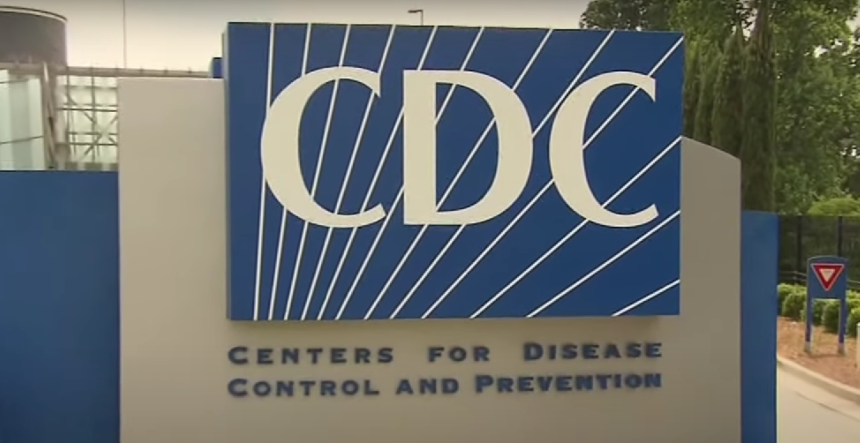The Centers for Disease Control and Prevention (CDC) remains at the forefront of public health, addressing emerging diseases and implementing strategies to mitigate global health threats. As of February 2025, several key health developments have surfaced, including a confirmed human case of Avian Influenza A(H5N1) in California, the first-ever U.S. One Health Plan, the first recorded H5 bird flu death in the United States, and a global surge in measles cases. These updates highlight the ongoing challenges and efforts to safeguard public health.
One of the most alarming updates is the confirmation of a human case of Avian Influenza A(H5N1) in California. The patient, a young child, contracted the virus after exposure to infected poultry, marking a rare but significant instance of bird flu transmission to humans in the United States. Avian Influenza A(H5N1) is a highly pathogenic virus that primarily affects birds but has the potential to infect humans, posing severe health risks. The virus is known for its high fatality rate among humans, making its detection a priority for health officials. While human-to-human transmission remains uncommon, the potential for mutations keeps health agencies on high alert. The CDC has responded by increasing surveillance in poultry farms, enhancing testing for exposed individuals, and strengthening vaccination efforts. The public has been advised to avoid direct contact with birds and report any symptoms such as fever, cough, or breathing difficulties.
Another major development is the implementation of the first-ever U.S. National One Health Plan, announced on January 10, 2025. This initiative recognizes the interconnection between human, animal, and environmental health, emphasizing the importance of collaboration across multiple sectors to combat public health threats. The One Health approach aims to prevent pandemics, address antimicrobial resistance, and enhance zoonotic disease monitoring. Many of the world’s most dangerous diseases, such as COVID-19, Ebola, and Avian Influenza, originated from animal-to-human transmission. The CDC’s One Health strategy focuses on strengthening disease surveillance, expanding cooperation between veterinary and environmental health sectors, and improving rapid-response measures to prevent the spread of infectious diseases before they become global threats. Additionally, the plan includes investments in global partnerships to curb wildlife trafficking, which has been linked to the emergence of pandemics.
The first recorded death due to H5 bird flu in the United States occurred on January 6, 2025, when an agricultural worker who had prolonged exposure to infected poultry succumbed to the virus. This tragic event reinforces the need for enhanced monitoring of avian flu outbreaks in both birds and humans. The CDC has intensified its efforts by expanding surveillance of poultry farms, conducting genetic sequencing to track viral mutations, and launching public awareness campaigns. As of now, there have been no confirmed cases of human-to-human transmission, but health officials remain vigilant.
Adding to global health concerns, measles cases have surged worldwide, with the CDC reporting over 10.3 million cases in 2023. This spike has led to a rise in hospitalizations and deaths, raising alarms among health experts. Measles, a highly contagious viral disease, had been nearly eradicated in many parts of the world, but declining vaccination rates, disruptions in immunization programs due to the COVID-19 pandemic, weakened healthcare systems, and increased international travel have contributed to its resurgence. To combat the outbreak, the CDC is urging parents to ensure their children receive both doses of the Measles-Mumps-Rubella (MMR) vaccine. The agency is also partnering with the World Health Organization (WHO) and UNICEF to expand vaccination efforts, issuing travel advisories for affected regions, and launching campaigns to counter vaccine misinformation.
The CDC’s ongoing initiatives reflect the critical importance of global cooperation, early disease detection, and preventive health measures. The H5N1 outbreak, One Health Plan, and measles resurgence highlight the urgent need for proactive public health strategies. Key takeaways from the latest CDC updates include the threat of Avian Influenza H5N1, the innovative approach of the One Health Plan, the first recorded U.S. death from H5 bird flu, and the global measles outbreak requiring immediate intervention. As 2025 progresses, the CDC’s role in ensuring public safety remains vital, emphasizing the need for continued vigilance, vaccination, and preventive measures to combat emerging health threats.






